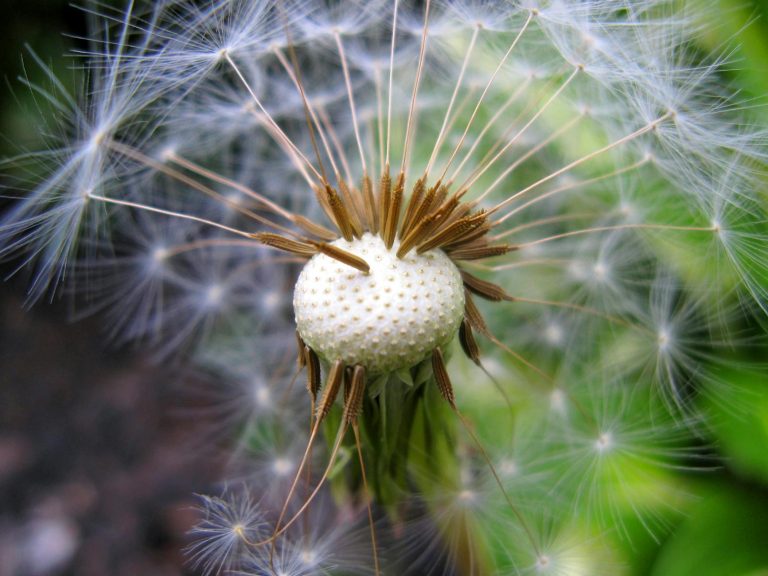Reduce Weeds Naturally: Effortless Companion Planting Guide
Discover the secret to a weed-free garden oasis with our effortless companion planting guide – reduce weeds naturally and watch your garden thrive without the need for harmful chemicals.
In the quest for a beautiful and thriving garden, the battle against weeds is a common challenge for most gardeners. However, there is a natural and effortless way to reduce weeds without resorting to harmful chemicals. Companion planting offers a sustainable and eco-friendly method to keep weeds at bay while promoting a healthy garden ecosystem. By strategically pairing compatible plants that support each other’s growth and fend off weeds, you can achieve a harmonious and flourishing garden. In this companion planting guide, we will explore the benefits of this gardening technique and provide practical tips to reduce weeds naturally.
Understanding Companion Planting
Companion planting is a gardening practice that involves planting different species of plants close to each other to reap their mutual benefits. By harnessing the natural relationships between certain plant species, gardeners can enhance crop growth, repel pests, improve soil quality, and suppress weed growth. One of the key principles of companion planting is utilizing plants’ natural defenses and characteristics to create a balanced and self-sustaining garden environment.
Choosing the Right Companion Plants
When it comes to reducing weeds naturally through companion planting, selecting the right companions is crucial. Some plants have allelopathic properties, meaning they release chemicals that inhibit the growth of weeds or pests. For example, planting aromatic herbs like basil, thyme, or mint near your vegetables can help deter weeds while attracting beneficial insects. Additionally, tall, dense plants like sunflowers or corn can provide shade and crowd out weeds, reducing their access to sunlight and resources.
Implementing Companion Planting Strategies
Integrating companion planting into your garden is a simple and effective way to minimize weed growth. Start by researching companion planting charts or guides to discover plant combinations that work well together. Consider factors such as plant height, growth habits, nutrient requirements, and flowering times when planning your garden layout. For instance, interplanting onions with carrots can help repel pests and suppress weeds due to their complementary characteristics.
Maintaining a Healthy Garden Ecosystem
Beyond weed reduction, companion planting fosters a diverse and resilient garden ecosystem. By creating habitat diversity and promoting beneficial relationships between plants, you can establish a more self-regulating and sustainable garden. Incorporating flowers that attract pollinators and beneficial insects, such as marigolds or lavender, can enhance biodiversity while naturally controlling pests and weeds.
Conclusion
In conclusion, companion planting offers a natural and effective way to reduce weeds in your garden while promoting overall plant health and biodiversity. By harnessing the power of plant relationships and natural defenses, you can create a self-sustaining ecosystem that minimizes weed competition and supports plant growth. Whether you’re a seasoned gardener or a novice enthusiast, incorporating companion planting strategies into your garden can lead to a more fulfilling and productive gardening experience. Embrace the beauty of companion planting and watch your garden flourish with minimal effort and maximum rewards.






